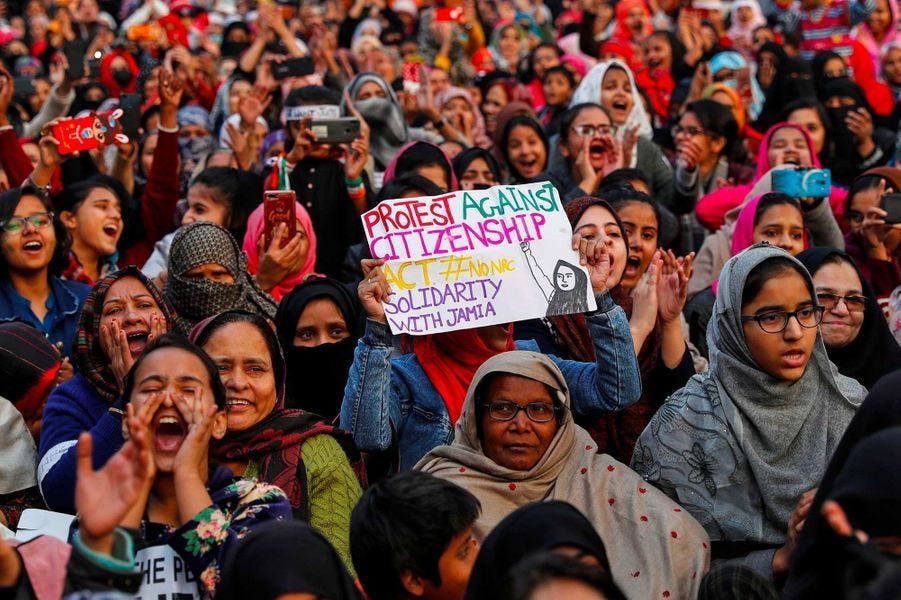Mass Protests Greet India’s Modi in First Major Challenge
Amit Shah pushes the Hinduvta agenda too far for many people

By John Elliott
Narendra Modi is facing the first major test of his political leadership, and of his image of apparent invincibility since he became Prime Minister in 2014.
The Bharitiya Janata Party leader’s authority is still intact but, largely because of the provocative actions of his henchman, Home Minister Amit Shah, he is being challenged by the bi…
Keep reading with a 7-day free trial
Subscribe to Asia Sentinel to keep reading this post and get 7 days of free access to the full post archives.
